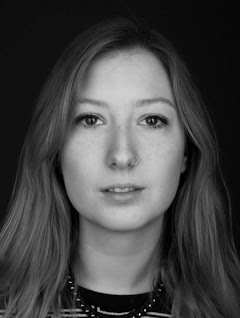Beat
Society, daily life
One Shot

“I think it’s a photo you have to linger over. You see “Jesus Saves” while to the left a homeless man sits in a doorway. It says a lot about that area as well as American society.”
Profile
My earliest memory of photography was as a teenager. Once I got my hands on a camera, I couldn’t let go. I’d go to concerts, arrange portrait shoots with my friends or take walks around town just photographing whatever I found interesting.
I have learnt photography through practice. While studying photojournalism I have felt pushed to improve because so many talented people have surrounded me. I’ve also benefited from a lot of support from people in the industry.
I fell in love with journalism and realised that photography would allow me to explore different cultures, lifestyles and personal stories. To explore the human condition - that’s what motivates me.
My first real assignment was a portrait of a local librarian. I finally placed her by a window and took a typical head shot. She was so patient. I wasn’t proud of the portrait but I learnt a lot. I also saw how far I still had to go.
It left a huge mark on me to stand on the steps of the U.S. Supreme Court the day same-sex couples got the right to marry. I don’t remember the images so much as the feeling of being a part of that crowd. The energy and the sense of joy were electric.
It’s really exciting when I can take part in and document people’s lives, getting to know them really well in the process - when people expose their vulnerabilities and teach you about life by being open. That’s what drives me.
Photojournalism is important because it can change the world. Photography has the power to alter the way society thinks. It has a power that words sometimes lack.
The people I respect the most are the female photojournalists who tell stories with compassion, intimacy and respect. They have paved the way for those of us starting out.
